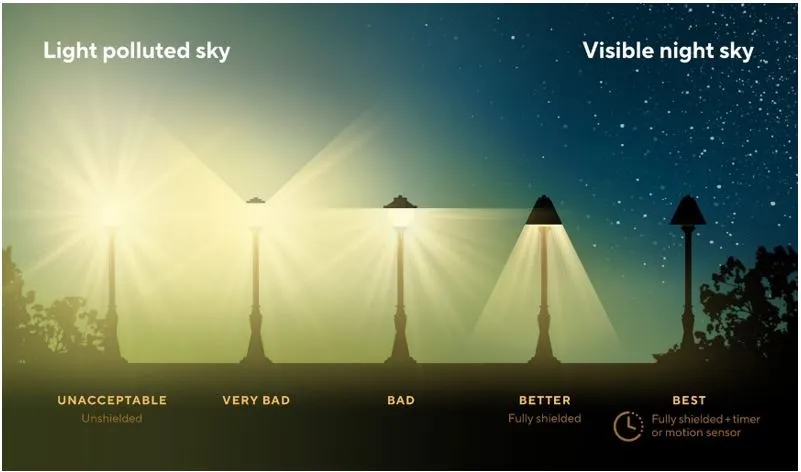

7th September 2024 (8 Topics)
Context
Recent research has identified a potential link between light pollution and Alzheimer's disease.
About Light Pollution
- This refers to the excessive, misdirected, or obtrusive artificial light that interferes with natural darkness.
- It is commonly caused by streetlights, advertisements, and other outdoor lighting that illuminates the night sky.
- Prevalence: Approximately 80% of the global population is affected by light pollution, which is prevalent in urban and suburban areas where artificial lighting is extensive.
- Impact
- Health Effects: Light pollution disrupts natural circadian rhythms, which can lead to various health problems, including sleep disorders, increased stress levels, obesity, diabetes, and depression, conditions.
- Environmental Impact: It disrupts ecosystems and natural behaviors in nocturnal animals.
Alzheimer's Disease
- Alzheimer’s disease is a brain disorder that slowly destroys memory and thinking skills
- It is the most common form of dementia, characterized by progressive cognitive decline. It leads to severe memory loss, confusion, and difficulties with everyday tasks.
- Pathology: The disease involves the accumulation of amyloid plaques and tau tangles in the brain, which impair neuron function and lead to memory and cognitive deficits.
- Tau is a protein that when it occurs in tangled formations in the brain of Alzheimer patients, disrupts the ability of neurons to communicate with one another in the brain.
- Treatment: There is currently no known cure for Alzheimer’s disease. Treatment addresses several areas:
- Helping people maintain brain health.
- Managing behavioral symptoms.
- Slowing or delaying symptoms of the disease.
- Prevalence and Impact:
- Global Statistics: Over 55 million people globally suffer from dementia, with Alzheimer’s accounting for about 75% of these cases.
- In India: An estimated 3 to 9 million Indians are affected by Alzheimer's, a number expected to rise with an aging population.
More Articles



